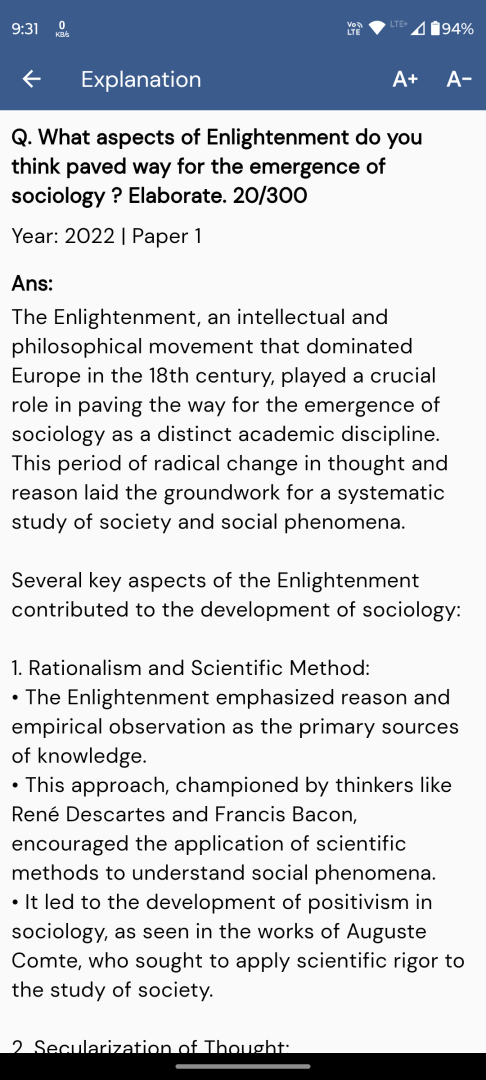Q. Is it possible to have sustainable development in India? Cite major environmental issues and suggest a few measures to achieve the sustainability.
UPSC Sociology 2025 Paper 2
Model Answer:
Sustainable Development in India: Challenges and Possibilities
Sustainable development, defined by the Brundtland Commission as meeting present needs without compromising future generations’ capabilities, presents India with a formidable challenge. The conflict between rapid economic growth and environmental preservation creates tensions, yet achieving sustainability remains possible through fundamental paradigm shifts in development approaches.
Major Environmental Issues
Pollution and Public Health Crisis
– Air pollution affects 99% of India’s population, with Delhi recording hazardous AQI levels
– Water contamination in rivers like Ganga and Yamuna disproportionately impacts urban poor
– Solid waste management challenges overwhelm urban local bodies
Deforestation and Displacement
– Annual deforestation of 1.5 million hectares leads to tribal displacement
– As Verrier Elwin documented, indigenous communities lose cultural and economic ties to forests
– Land degradation from agriculture and infrastructure pressures threatens biodiversity
Climate Change Vulnerability
– Melting Himalayan glaciers and erratic monsoons threaten agricultural livelihoods
– Coastal communities face existential threats from rising sea levels
– These impacts exacerbate existing social inequalities, affecting marginalized populations most severely
Measures for Achieving Sustainability
Policy Integration and Governance
– Mainstream environmental considerations across all sectoral policies
– Strengthen institutions like National Green Tribunal for enforcement and corporate accountability
– Implement stricter Environmental Impact Assessments
Community Participation
– Learn from movements like Chipko that demonstrated grassroots conservation power
– Integrate Adivasi traditional ecological knowledge into formal conservation strategies
– Promote community forest management and traditional water harvesting systems
Technological and Energy Transition
– Scale renewable energy through initiatives like National Solar Mission (target: 500GW by 2030)
– Create green jobs while reducing carbon emissions
– Develop sustainable urban planning with efficient public transportation
Behavioral and Social Change
– Foster what Ramachandra Guha calls “environmentalism of the poor”—sustainable practices rooted in livelihood security
– Promote circular economy models reducing waste generation
Conclusion: Sustainable development in India requires balancing economic aspirations with ecological limits through strong political will, robust institutions, technological innovation, and prioritizing social equity alongside environmental protection.





